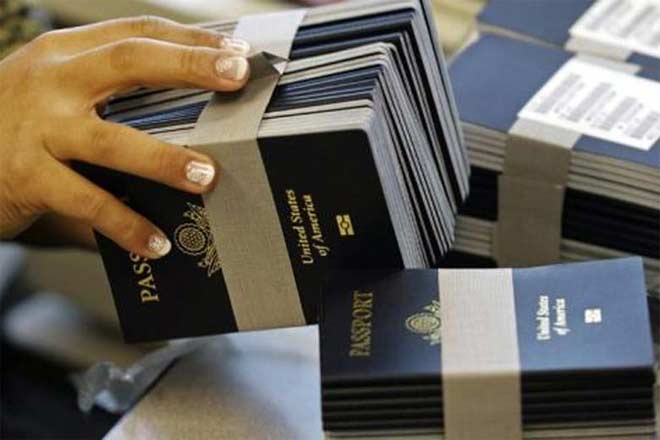
Last week, when the postman delivered the passport of his daughter, 48 year-old Mohd Asghar could not believe that it was issued within 10 days. Recounting his experience of getting a passport, he says, not only he ran from pillar to post across different offices but he had to take 23 days of leave and remain stationed in his hometown—Parwaha, a village in Sitamarhi district of Bihar—without any success. It took him full three month to get a passport. Ashgar’s tryst with getting possession of a passport is not unique. In fact, getting a passport has been an arduous task for the citizens but with the intervention of technology, things are changing quickly.
Although in recent past, the number of applications have increased substantially, the time taken for police verification and issuing the passport has gradually gone down from 42 days in 2014 to 34 days in 2015. In fact, in 2014, India became the third country in the world after USA and China, to have issued more than 10 million passports. Senior officials in the MEA attribute the success to intervention of technology that has resulted in improving the ease of access for passport services.
“I think ease of doing business at passport offices could be one of the foremost reasons for this development. Since, I have been in this job for over five years now, I can give you some insight on why this is happening. In earlier days, until and unless it became necessary for a person to have a passport, the person would not apply for it. But that trend is now clearly changing. Young people are very enthusiastic and they are applying in large numbers,” Muktesh K Pardeshi, joint secretary & chief passport officer, ministry of external affairs (MEA), government of India told FE.
The growth is so dispersed that Kerala is no longer the number one state which once used to have maximum passport applications and issuance. It has been replaced by UP where MEA has seen 40% growth. In a period of three years, the passport numbers have doubled. In 2013, it was around 6.5 lakh and in 2015 it touched 13.5 lakh.
Since the number of applications are increasing at rapid pace, it is crucial for the MEA to predict demand and pockets of growth with decent accuracy in advance for smooth operation of its passport seva kendras (PSK). That is why, now the passport division has started using data analytics in a significant way for the projection of annual growth, pocket growth, demographic growth and understanding of seasonal fluctuations.
“In UP, we are better placed now because of data analytics. As the demand grew, we geared ourselves adequately. We diverted people, created more counters and camps and allocated more resources to the state. All this has been possible because of timely analysis of data,” says Pardeshi, adding that data analytics will also help in projecting future growth and accordingly the government will also know the pockets where new passport seva kendras need to be set up. In India, passport data has been declared as extremely sensitive data. In the National Security Council (NSC), there is a mechanism to ensure cyber security of these sensitive data.
Although, the passport division works in the PPP mode with Tata Consultancy Services, but they are not the custodian of the data. The data centre and disaster recovery centre are owned by the government. “We have two-key system in place like the bank locker. The citizen may think that they have gone through the TCS counter at PSK but the moment the data is submitted, they cannot open it as it becomes the sovereign property of the government,” explains Pardeshi.
Impressed with the result of technology intervention, now the MEA is working on issuing biometric passports and aiming to make the passport more smart. MEA officials informed that the work is under tendering stage and they expect to do it by the end of 2016.
MEA is also envisaging e-passport that will have an invisible chip in which data will be stored electronically. So even if somebody tries to play around the data of the passport, they won’t be able to change the data inside the chip. So the passport will become more secure.
“In many airports there are e-gates. A time will come when you may not have to go through the manned immigration counters. With an e-passport, the e-gate could read your passport by showing the passport and you will be allowed to go. Of course, these are futuristic things that require infrastructure up-gradation but surely one day it will happen,” says Pardeshi.
Source: financialexpress.com









































